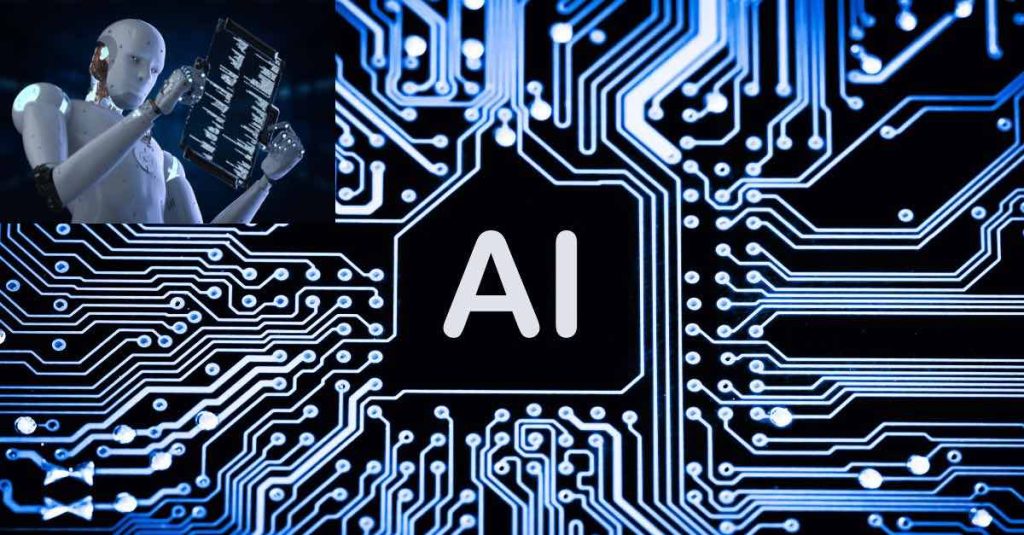While generative AI is still evolving, some electronics manufacturers are already reaping the benefits. This blog covers some real-world examples of Generative AI in EMS., To get an introduction to Generative AI use cases in EMS read our previous blog here.
Examples of Generative AI in EMS
1. Synthetic Data for Flaw Detection
Chip manufacturers like Nvidia are utilizing generative AI to create massive datasets of images containing various types of defects on circuit boards. This synthetic data is then used to train AI-powered visual inspection systems, allowing them to identify real-world defects with higher accuracy and efficiency [Forbes article on generative AI in electronics manufacturing]. Read how Delta Electronics is using Digital Twins and Synthetic data to redefine production lines using Nvidia Omniverse.
2. AI-powered Design Optimization
Samsung is exploring generative AI for optimizing the design of printed circuit boards (PCBs). The AI analyzes existing PCB layouts and performance data to suggest improvements, such as minimizing component placement for shorter signal paths and better heat dissipation. This translates to more efficient and reliable electronics.
Autodesk is a leader in providing software solutions for design and manufacturing industries. Their generative design software, such as Autodesk Generative Design, is widely used in electronics manufacturing to optimize designs for various components like PCBs, antennas, and mechanical parts. By inputting design constraints and performance objectives, users can harness generative AI algorithms to explore a vast design space and generate innovative solutions.
Ansys offers simulation software that incorporates generative design capabilities to optimize designs and simulate performance across various industries, including electronics manufacturing. Their software allows engineers to explore design alternatives for electronic components and systems, considering factors such as thermal management, signal integrity, and electromagnetic interference.

3. Predictive Maintenance in Action
Bosch is piloting a generative AI program that analyzes sensor data from their factory machines. The AI can predict potential equipment failures well in advance, allowing for preventative maintenance and avoiding costly downtime. This ensures a smooth production flow and reduces maintenance costs.
4. Generative AI for Aftermarket Support
Several electronics companies are experimenting with generative AI to create personalized user manuals and troubleshooting guides. The AI analyzes customer data and product usage patterns to generate targeted instructions, improving the customer experience and reducing support calls.
These are just a few examples, and as generative AI matures, we can expect even more innovative applications to emerge across the electronics manufacturing landscape.



